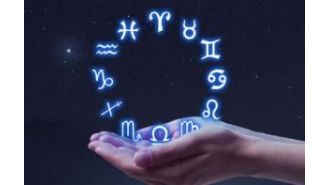The return of the wolves and understanding ecosystems
There’s a great Yellowstone story about the return of the gray wolves. As a result of rampant hunting, wolves disappeared from Yellowstone in the early 1900s. After decades of study, scientists began to understand the role wolves played in the ecosystem as the top predator and realized their absence might be affecting the entire ecosystem.
So, the scientists and park officials decided to experiment reversing this human-driven change. In 1995, they released 31 gray wolves from Alaska into Yellowstone. What followed was pretty extraordinary.

(The text in the picture is small – so, you’ll need to click on it and zoom in)
Prior to the re-introduction the of wolves, the elk population exploded because coyotes were now the top carnivores in the ecosystem and weren’t capable of killing grown elk. The elk were eating the Aspen and all available green vegetation. Without the support of riverside plants, river banks got eroded and led to shallower and wider rivers.
Once the wolves returned, raptors from far away returned to Yellowstone to feed on wolf kills. The northern herd elk population was cut by 75% – enabling Aspen to grow again. There are more antelope again as the wolves don’t hunt antelope. Within days of reintroduction of wolves, grizzly bears were observed stealing wolf-killed elk and bison. And since there are more willow growing near the banks, insects and birds are able to survive. The woody vegetation also helped grow the beaver population ten-fold.
It is an amazing story (here’s a 5 minute video too).
There are so many lessons from the story. The one that stands out to me is the power of interactions within complex ecosystems. First order effects are just appetizers in complex ecosystems. We only truly understand an ecosystem when we are able to visualize the second, third, fourth, and fifth order effects.
This makes the communication of our impact on an ecosystem incredibly challenging. Our default behavior is to look past any immediate effects. Ergo the frustration of every climate scientist attempting to explain the impact of our actions on future climate. Their audience looks up to the skies, points to a minimal change in the weather, and shrugs. This is especially the case when the path to reducing damage is arduous.
But this isn’t just about the world’s climate – complex systems exist all around us. We need to look no further than the economy for a great example of one very few people understand.
More on that later in the week.






